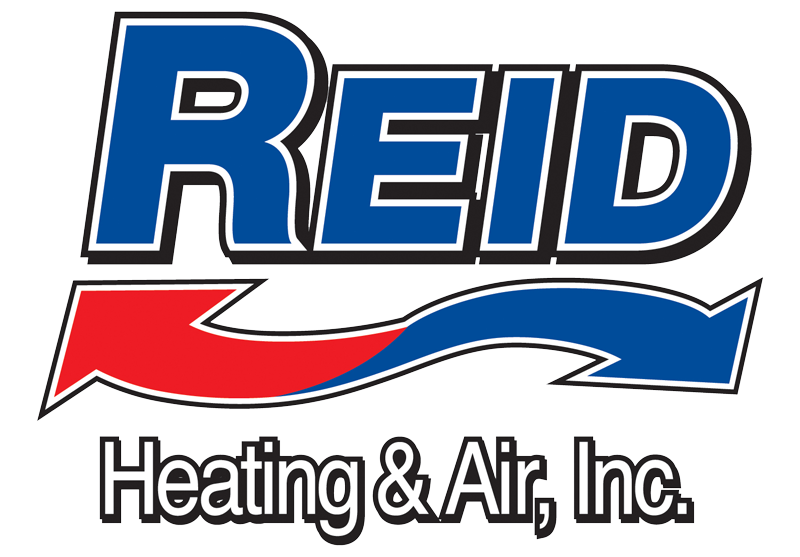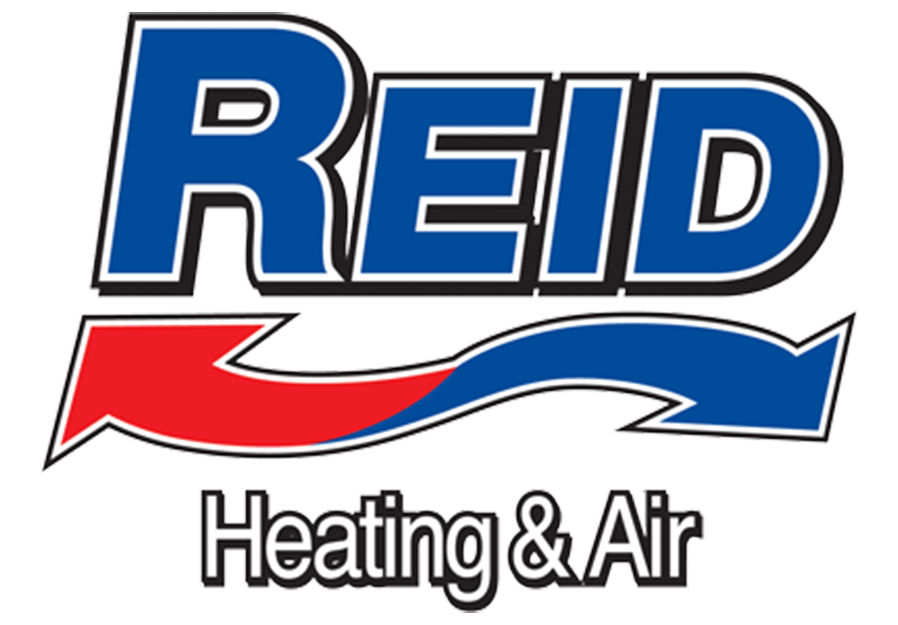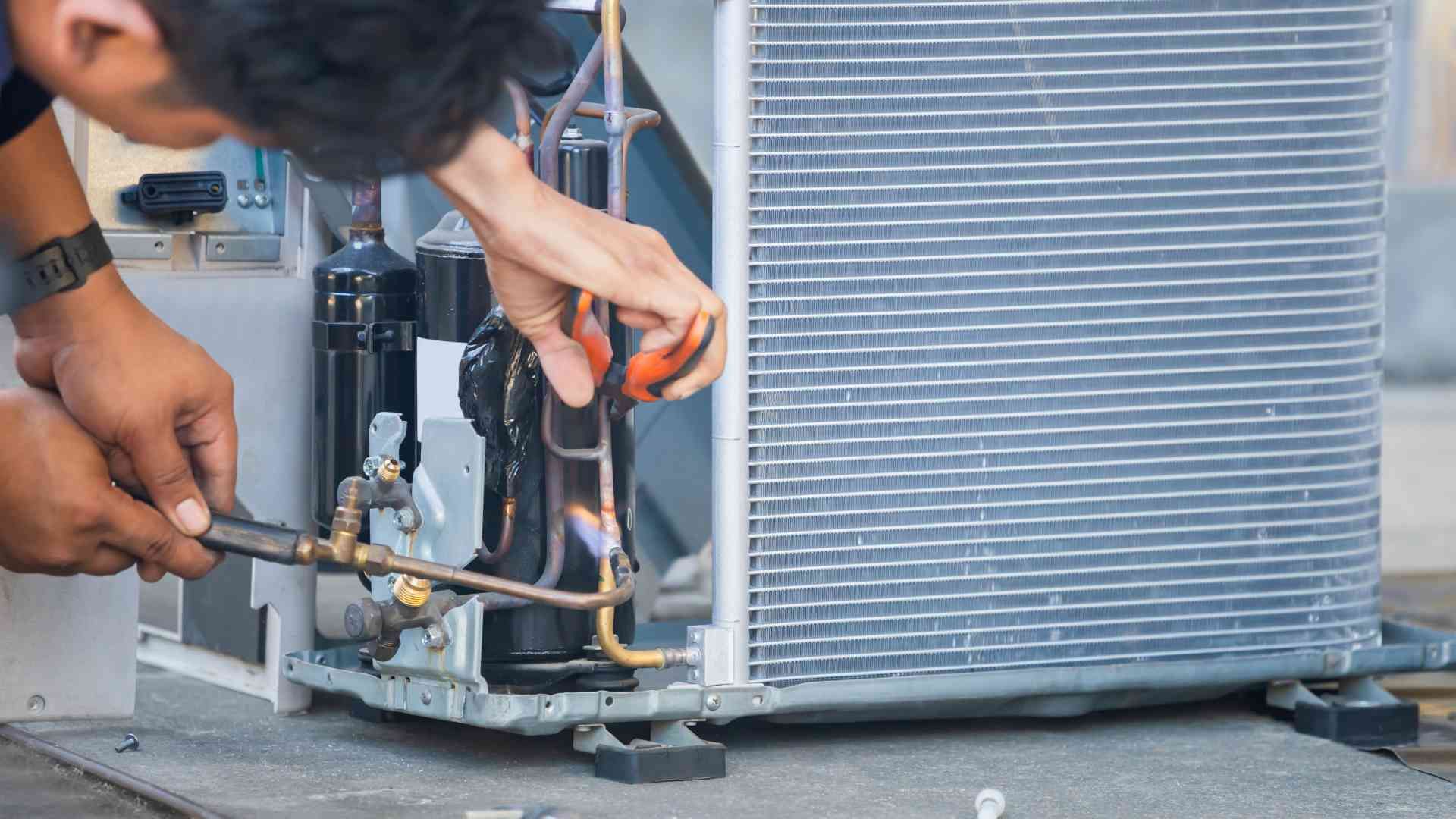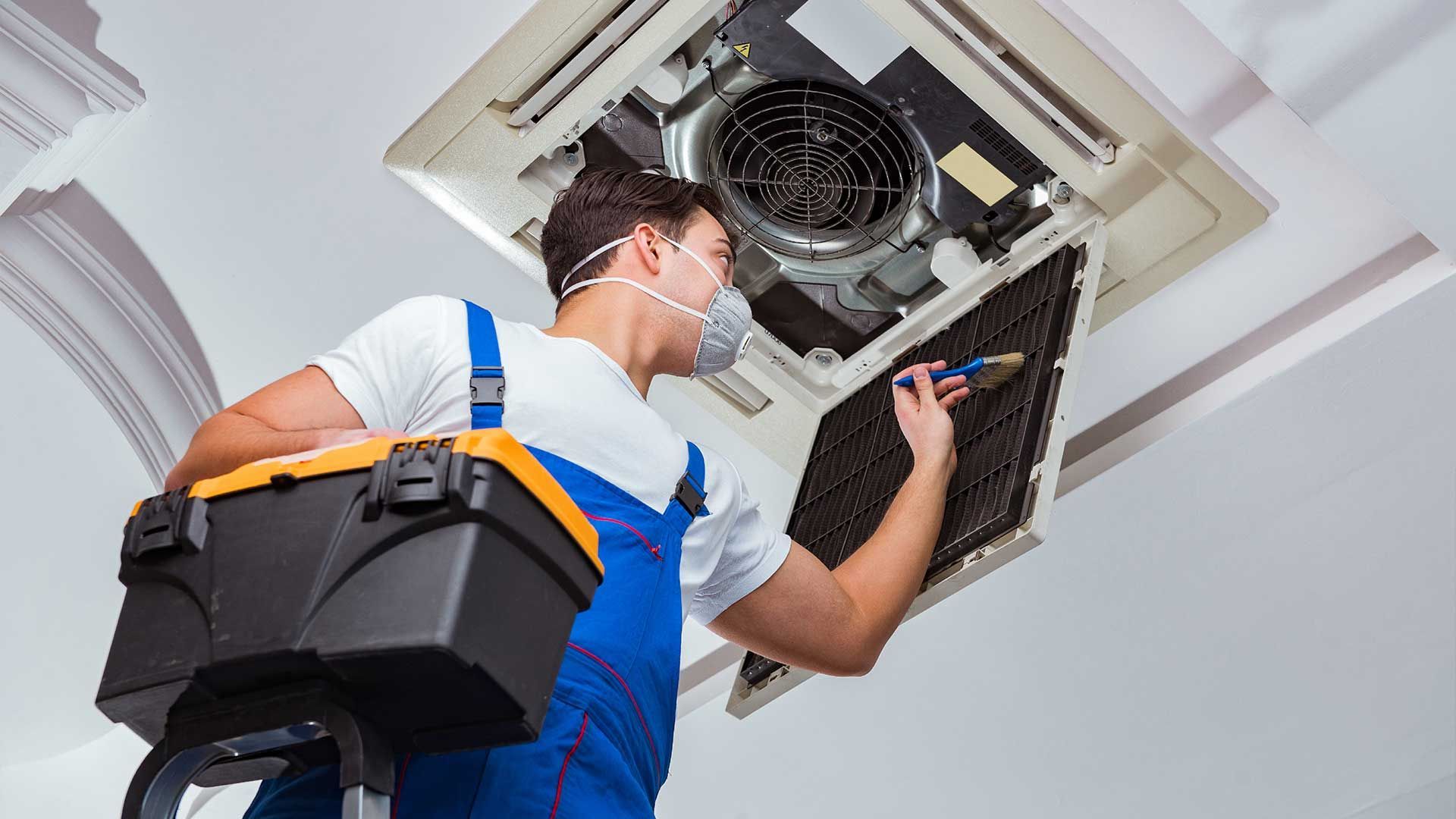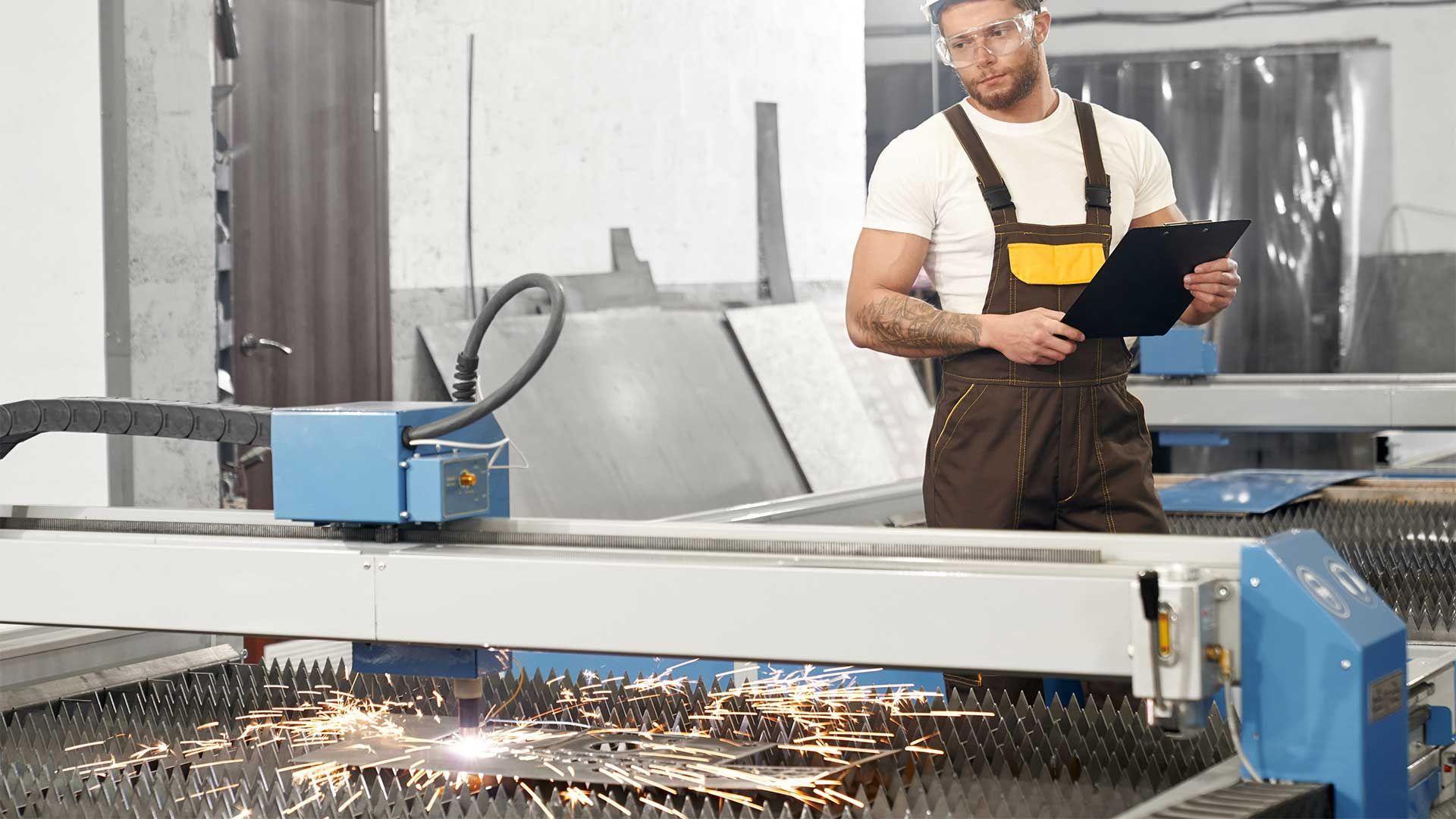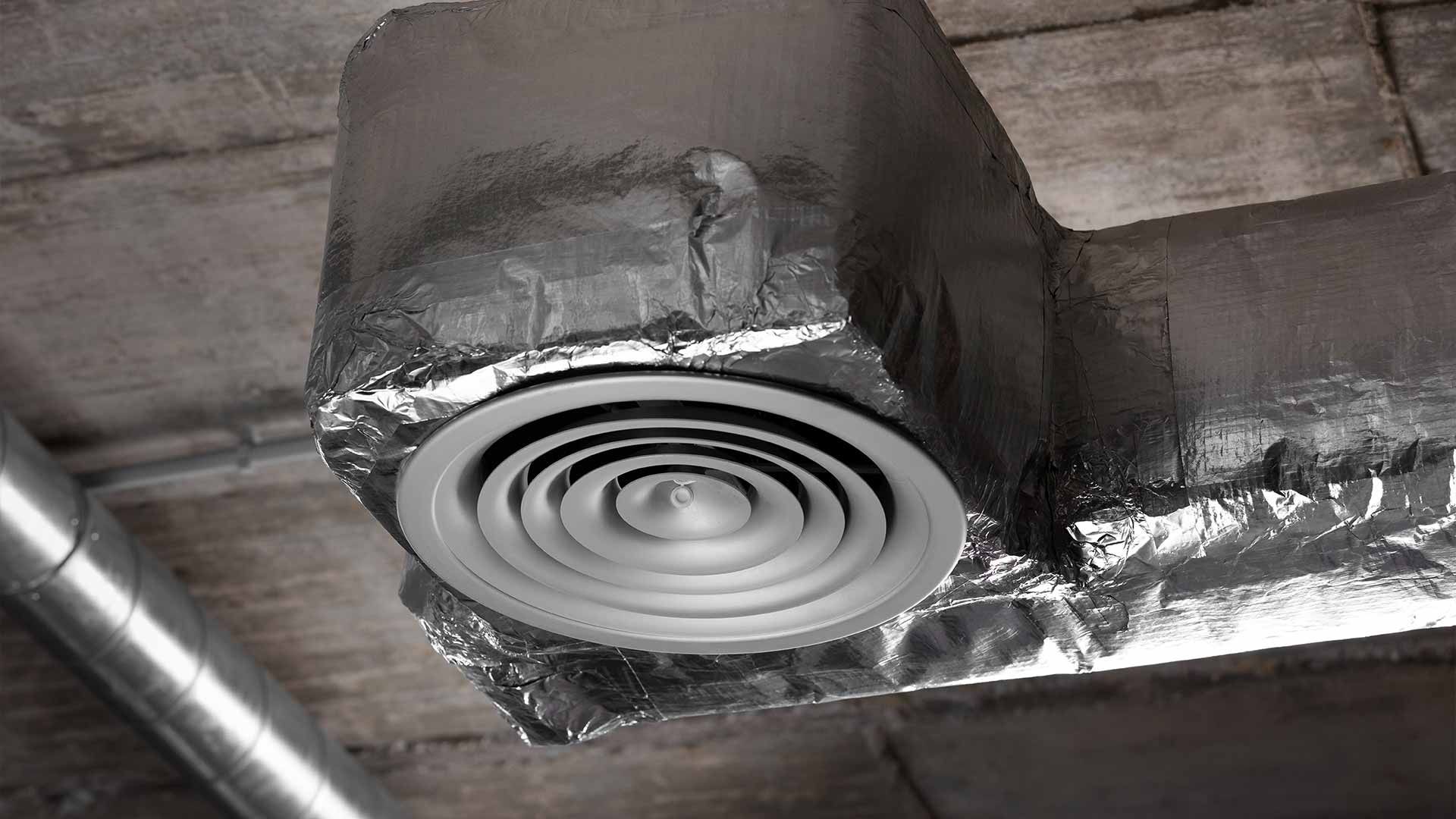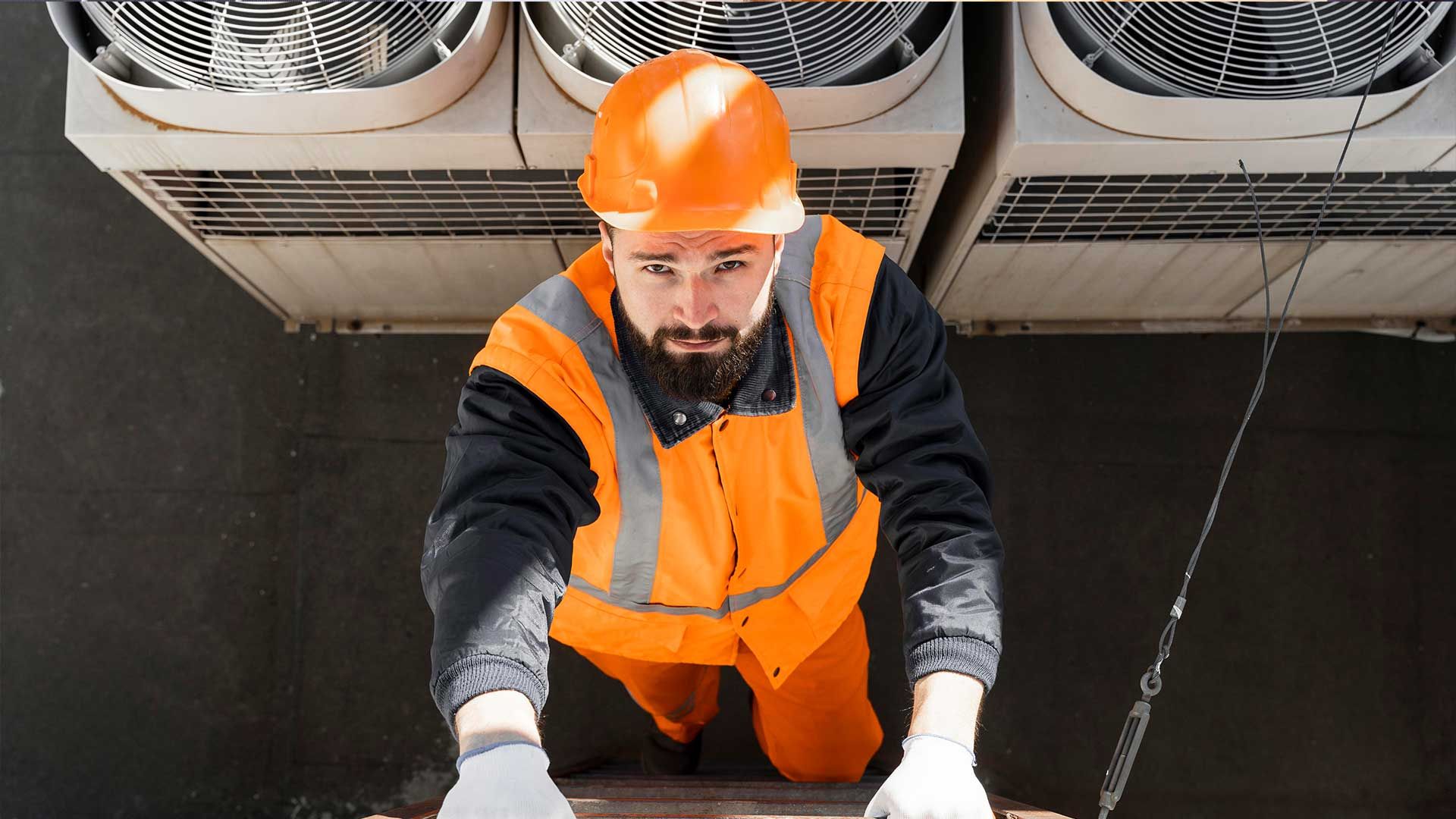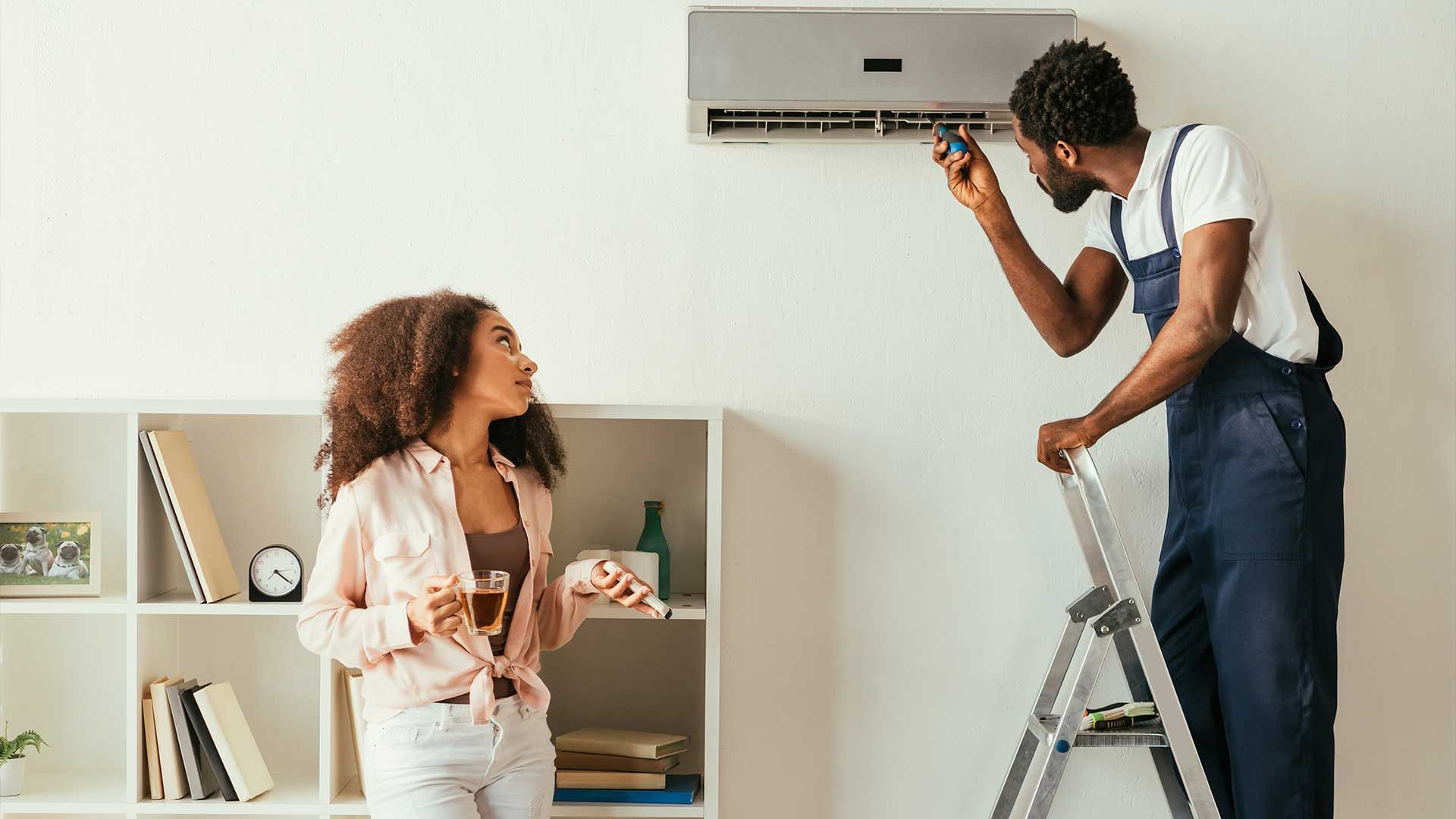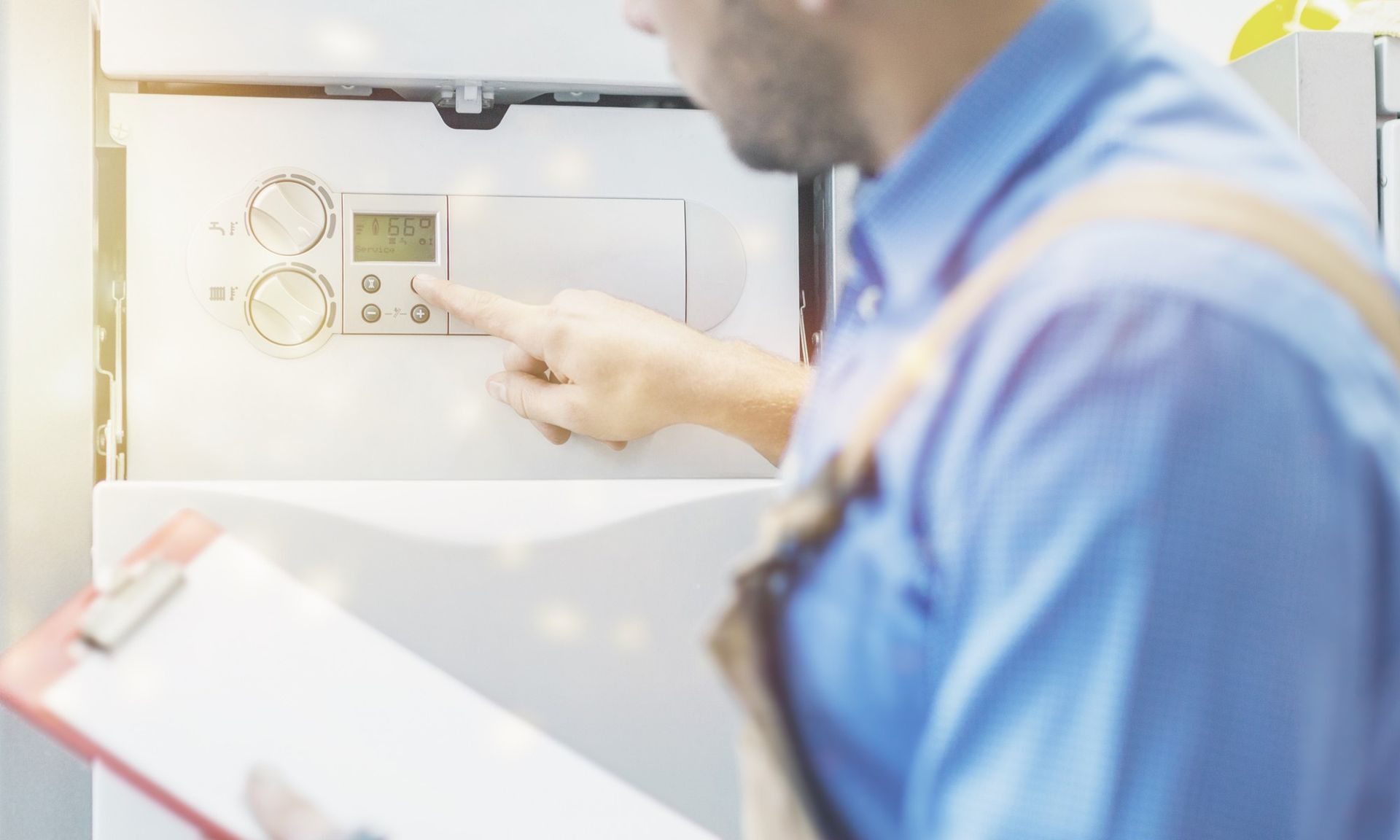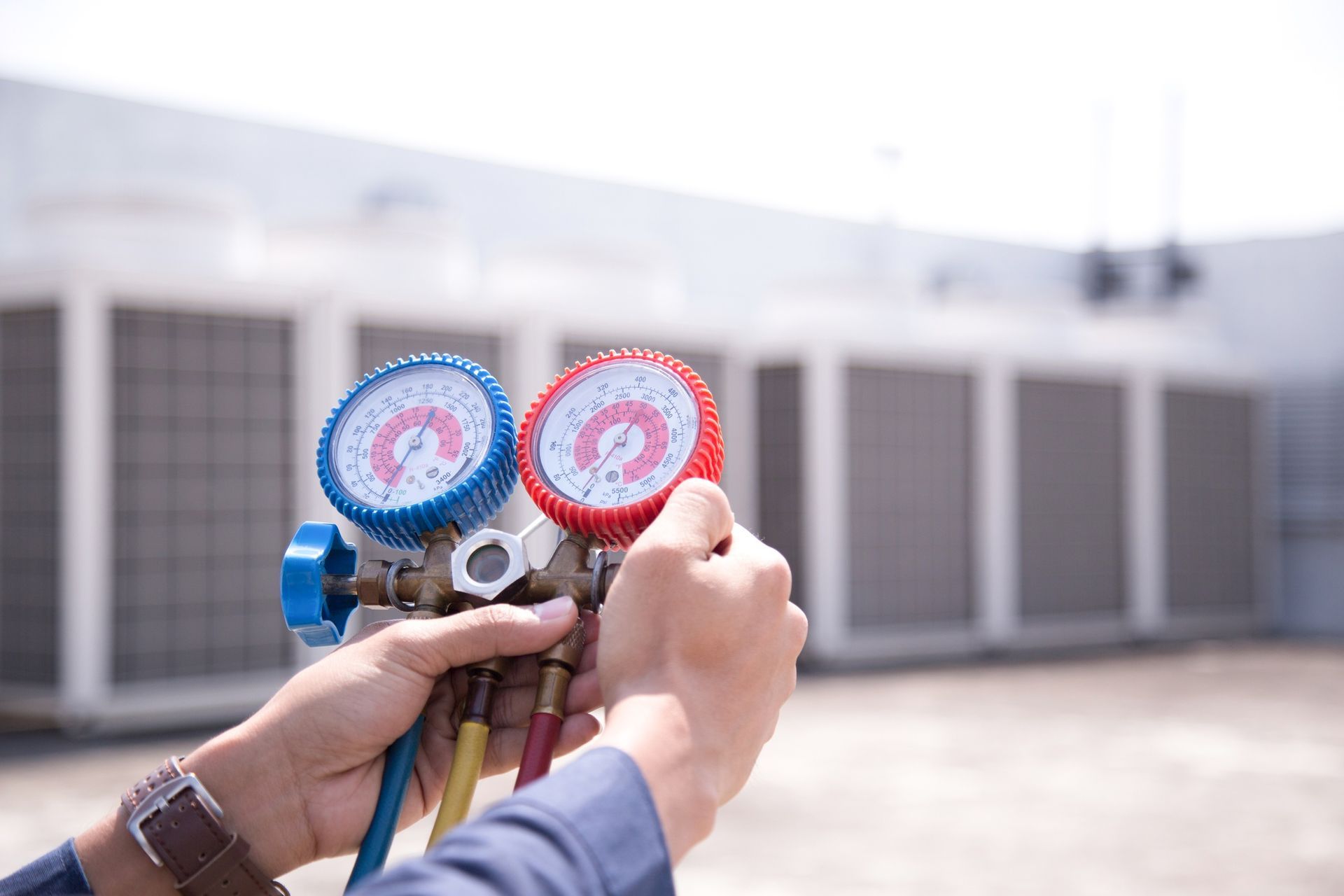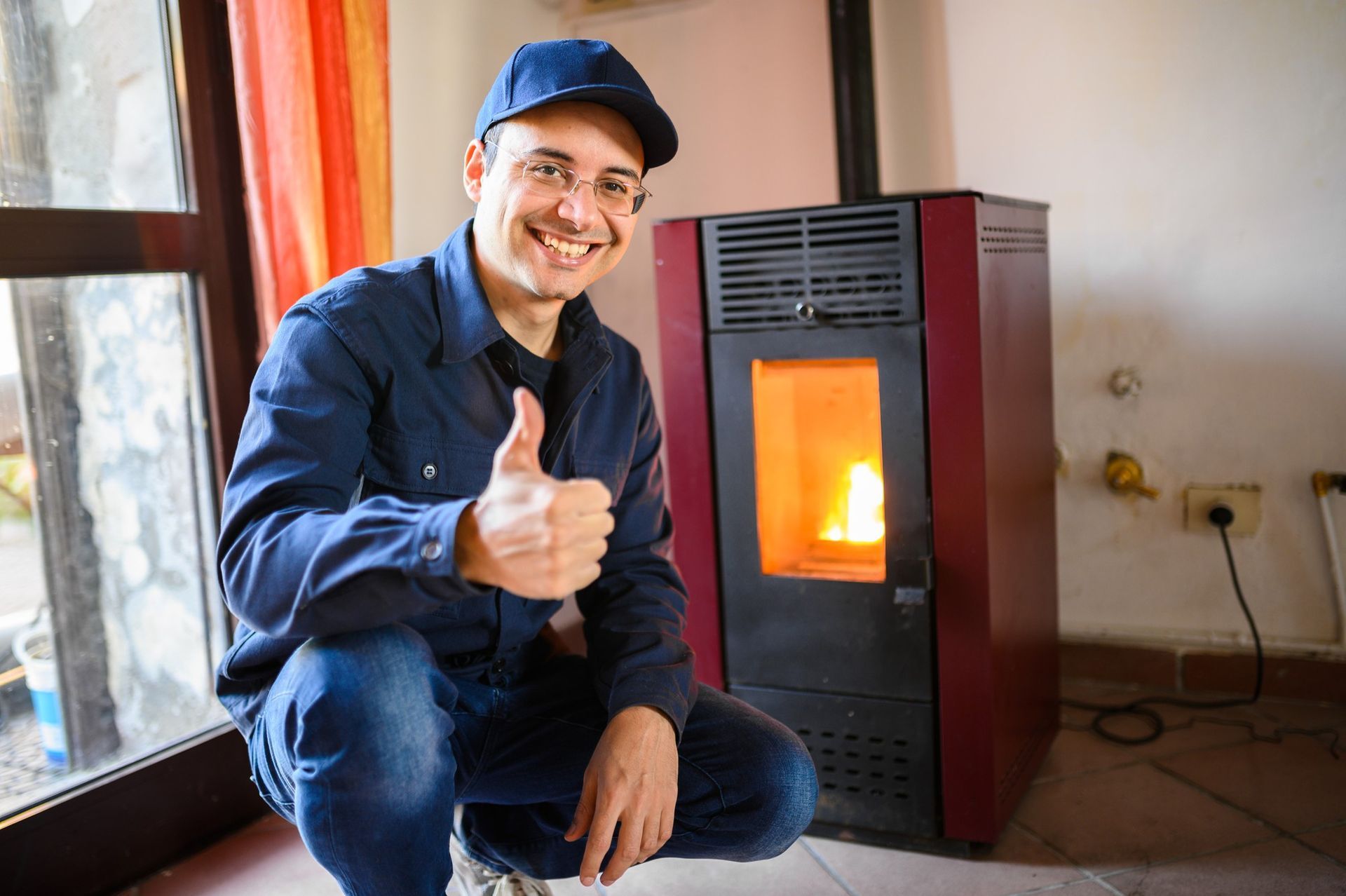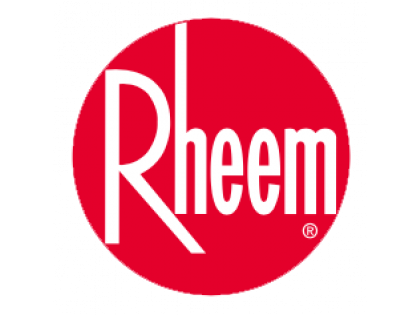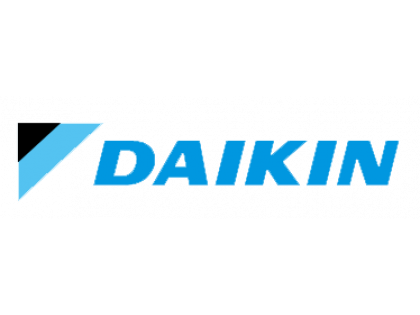Upgrade Your Home Comfort with This HVAC New Install Checklist
As homeowners, we constantly seek ways to enhance our living environment, turning our abodes into sanctuaries of comfort and relaxation. One crucial aspect that often escapes our attention is our Heating, Ventilation, and Air Conditioning (HVAC) system - the heart of our home's comfort.
With a new HVAC system, not only can you significantly boost your home's comfort, but also save on energy bills and improve your
indoor air quality. But a successful HVAC installation requires careful planning and execution. This is where our HVAC New Install Checklist comes into play, ensuring a smooth and efficient installation process.
1. Assessing Your Current HVAC System
The first step in any upgrade project is a comprehensive assessment of your current system. Identify the problems - Does your current system struggle to maintain a comfortable temperature? Do you hear strange noises? Is there a sudden spike in your utility bills? Recognizing these issues will help you understand the need for an upgrade and what to look for in a new system.
2. Sizing Your HVAC System
A correctly sized HVAC system is essential for your home’s comfort and energy efficiency. Too large a system cycles on and off frequently, causing unnecessary wear and tear, while a smaller one struggles to maintain the desired temperature. An HVAC professional can calculate your home's heating and cooling loads and recommend an appropriately sized system.
3. Understanding Your Energy Efficiency Options
HVAC systems are significant energy consumers in your home, so it's wise to invest in an energy-efficient model. Look for systems with high Seasonal Energy Efficiency Ratio (SEER), Energy Efficiency Ratio (EER), and Heating Seasonal Performance Factor (HSPF) ratings. These ratings indicate how efficiently a system converts energy into cooling or heating.
4. Choosing the Right HVAC Contractor
An HVAC system is a significant investment, and its installation should be entrusted to skilled professionals. Research local HVAC contractors, read reviews, and seek referrals from family and friends. A reputable contractor will not only ensure a proper installation but also provide valuable guidance on maintaining your new system.
5. Preparing for Installation
Before the installation day, prepare your home to streamline the process. Clear the area around your current HVAC system and the path leading to it. Consider any structural changes necessary to accommodate the new system, like additional space or ductwork modifications.
6. Understanding Your HVAC Warranty
Most HVAC systems come with a manufacturer's warranty covering specific parts for a certain period. However, improper installation can void this warranty. Make sure you understand the terms and keep all related documentation safe.
7. Post-Installation Inspection
After installation, a thorough inspection ensures everything works as expected. Check if the system runs smoothly and quietly, and if it quickly reaches the set temperature. Pay attention to unusual smells or sounds that may indicate problems.
8. Regular Maintenance
Post-installation, it's essential to maintain your HVAC system regularly. Clean or replace filters, clear debris from outdoor units, and schedule professional maintenance checks. This will ensure your system continues to function efficiently, prolonging its lifespan.
An HVAC upgrade is a considerable but worthwhile investment in your home comfort. With our detailed HVAC New Install Checklist, you are well-equipped to navigate the installation process confidently and successfully. Your ultimate comfort is within reach - all you need to do is take the first step!
Ensuring the longevity and peak performance of your new HVAC system heavily depends on regular, proactive maintenance. By diligently following a maintenance schedule, you can prevent minor issues from developing into major problems, which can be costly and disruptive.
a. Regular Filter Changes
One of the simplest, yet most critical, maintenance tasks is regular filter changes. A clean filter enhances your HVAC system’s efficiency and improves your indoor air quality. Depending on the type of filter and the specific conditions within your home (like the presence of pets), filters should be replaced every 30 to 90 days. If you suffer from allergies or other respiratory conditions, more frequent changes might be necessary.
b. Seasonal Check-ups
HVAC units work the hardest during summer and winter months. Hence, it's essential to schedule professional maintenance checks during the spring and fall. These check-ups usually involve cleaning and inspecting the wiring and mechanisms of the HVAC unit, ensuring they're ready to handle the temperature extremes of the upcoming season.
c. Cleaning the Outdoor Unit
The outdoor unit of your HVAC system is exposed to the elements and can become clogged with leaves, dirt, and other debris, reducing system efficiency. Regular cleaning, especially before the start of summer and winter, can help your HVAC system perform at its best. A licensed professional can perform a detailed cleaning that includes clearing debris from inside the unit and cleaning the condenser coils.
d. Thermostat Maintenance
Your thermostat plays a crucial role in maintaining a comfortable indoor climate. Regularly check that it's working correctly, and consider upgrading to a programmable or smart thermostat, if you haven't already, for better temperature control and energy efficiency.
e. Professional HVAC Inspections
At least once a year, hire an HVAC professional to perform a detailed inspection. They have the skills to detect early signs of potential issues that might be unnoticeable to the untrained eye. These annual inspections can save you a significant amount of money by catching and addressing minor issues before they become significant, expensive problems.
f. Maintenance Records
Keep a log of all maintenance activities, including DIY tasks and professional check-ups. This record can be helpful for troubleshooting any future problems, ensuring consistent care, and proving valuable if you decide to sell your home. It also helps ensure you're adhering to any requirements laid out in your HVAC system's warranty.
Regular maintenance is the key to extending the lifespan of your HVAC system, maintaining its efficiency, and ensuring a comfortable indoor environment for you and your family. It might seem like a significant time investment, but the cost savings and comfort are well worth the effort.
Conclusion
Taking the leap to upgrade your HVAC system is a significant step towards improving your home's comfort, energy efficiency, and air quality. However, to ensure you make the most of this investment, following a comprehensive plan is crucial. This HVAC New Install Checklist serves as your roadmap, guiding you from assessing your current system to implementing regular maintenance. If you're in Rock Hill, SC, and need professional assistance, Reid Heating & Air, Inc, with their proven expertise and commitment to quality service, can be your perfect partner in this journey. You can reach them at (803) 366-1855 for advice and service that go above and beyond. By following this guide and enlisting the help of reliable professionals, you will ensure a smooth installation process and optimal system performance for years to come. Remember, comfort isn't just a luxury; it's a necessary ingredient for a happy, healthy home. With the right HVAC system installed correctly and maintained diligently, your sanctuary of comfort will always be ready to welcome you.
